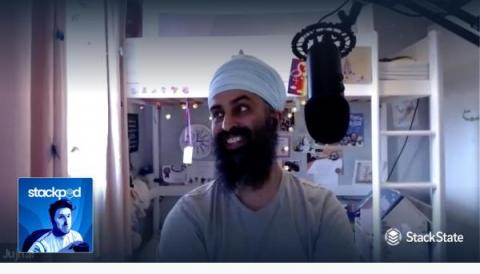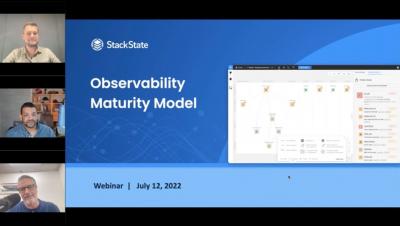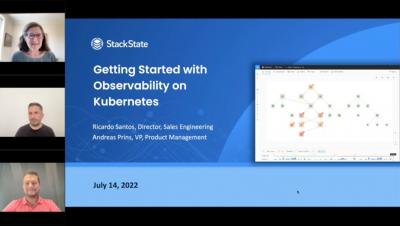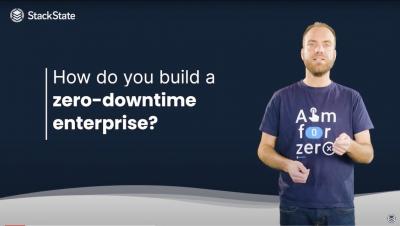StackPod: Jujhar Singh of Thoughtworks on Why Technology Is Always About People
A few episodes ago, we talked with fellow podcaster and tech evangelist Dotan Horovits. During that episode, Dotan shared that he wrote a blog post with Jujhar Singh called “How Much Observability Is Enough?” which is definitely a recommended read if you’re implementing observability and feeling overwhelmed. After reading this article, we were eager to invite Jujhar to the StackPod as well, to dive into this topic a bit more.


